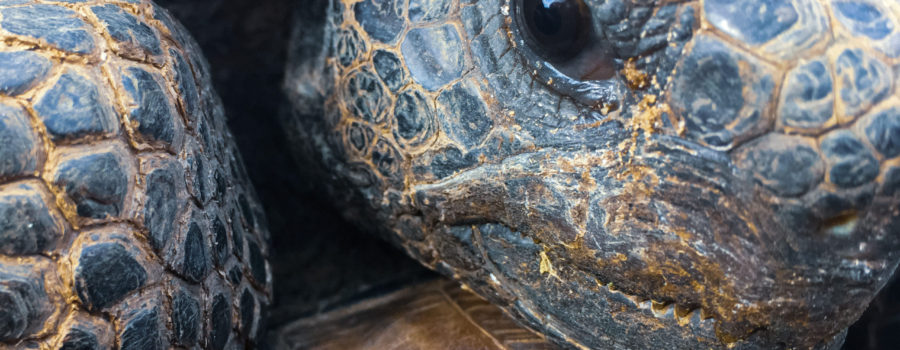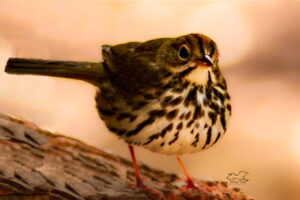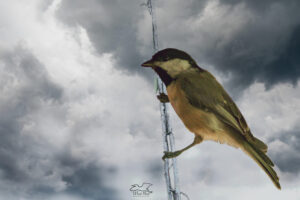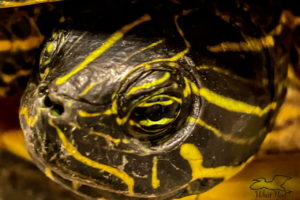Florida Gopher Tortoises are Unique and Amazing

One of the best things about living in the central Florida area, especially as a country girl, is the abundance of wildlife. We have plants and animals in this area that don’t occur anyplace else. Living in the area for a large part of my life, I find myself (not often, I hope!) and plenty of others taking some of our unique wildlife for granted. One of the animals that lots of people from around here take for granted is the gopher tortoise. I live in the sandhills habitat, which is home for the gopher tortoise, and I remember being thrilled to find several burrows on my property when I first moved here. Yet, I hear people complaining about them for a variety of reasons, including that they dig holes in the yard, they eat small plants, and they attract other wildlife.

The gopher tortoise is actually what biologists call a “keystone” species meaning that the burrows that they dig provided shelter for many (over 350 to be exact) other species, and their presence is a sign of the health of the environment in that area. These burrows can be between 15 to 35 feet long and can go down to six feet or more below the surface. This helps provide a constant temperature (warmth in winter and shelter from the heat in summer), and safely from predators and fires. Animals that may be found in gopher tortoise burrows include owls, frogs, the Florida mouse, many kinds of beetles, crickets, and several types of snakes including the endangered Eastern indigo snake and the Eastern diamondback rattlesnake (so please, don’t ever put your hand down into a gopher tortoise burrow!).

In 2008 the gopher tortoise became the official state tortoise of Florida, and although it does range as far north as South Carolina and as far west as Louisiana, the majority of the population is in Florida. As a matter of fact, gopher tortoises can be found in every single county in Florida! Unfortunately, though, the gopher tortoise is currently classified as vulnerable to extinction with only about 700,000 individuals left in the wild. The biggest threat to them is habitat loss due to human development. They are also commonly hit by cars, tangled in plastic bags, attacked by dogs, and killed for food by some people. Also, eggs and hatchlings are often eaten by predators like raccoons, foxes, crows, etc. All of this is made worse by the fact that gopher tortoises are slow to mature, and don’t generally reach breeding age until approximately 21 years of age. So, if you are fortunate enough to encounter one of these beautiful and harmless creatures, just enjoy it, and let it go about it’s business unharmed. If you find one that is injured or sick, call Florida Fish and Wildlife. Do you have something living in your area that is unique, but often taken for granted?





Recent Comments